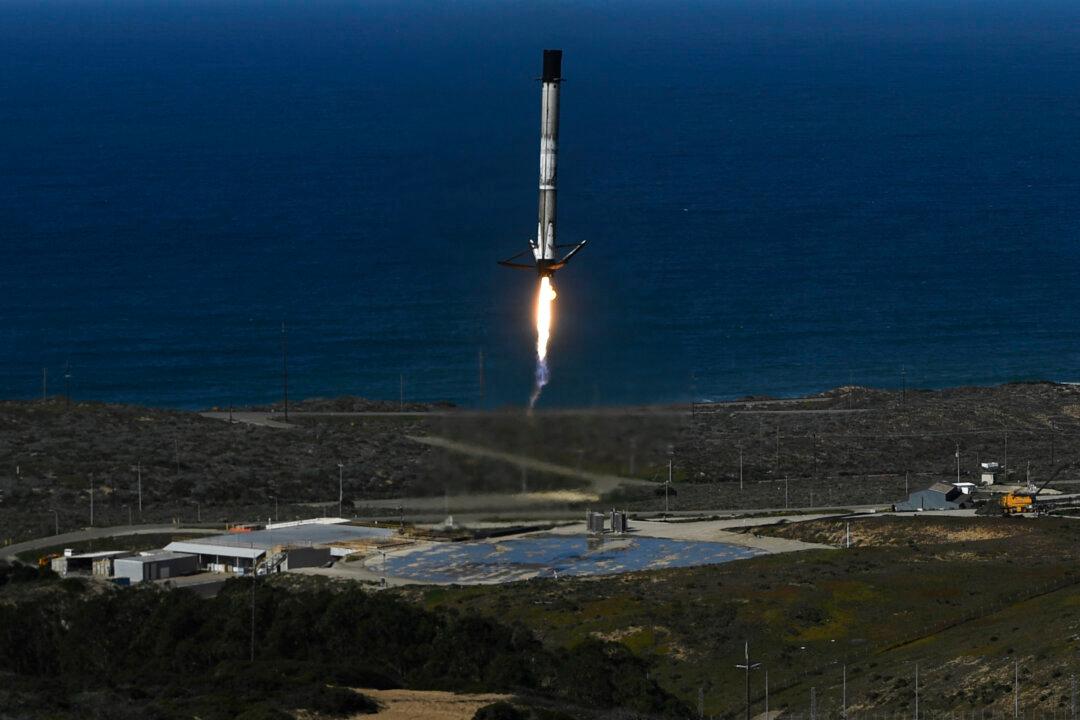Defense officials told senators what they think the United States must do to compete with China and other rivals in space.
Time, they agreed, is of the essence.

Defense officials told senators what they think the United States must do to compete with China and other rivals in space.
Time, they agreed, is of the essence.